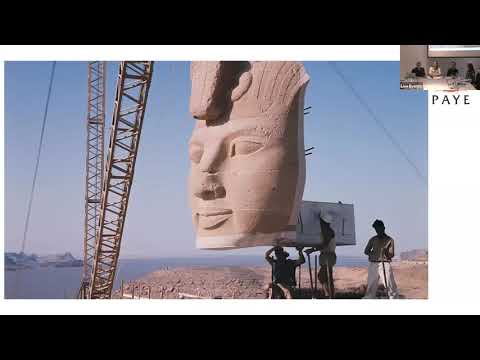
Portland limestone, red ruby granite, tuff, travertine: from prehistoric cataclysmic events to perpetual sedimentations, cured for millions of years underground and laboriously extracted from the depth, manually or mechanically shaped and dressed, becomes a building product which is generically called “natural stone”.
This primitive structural material is the essence of architectural tectonics, but stone has culturally eroded to become merely a consumable and interchangeable ornamental surface. Larvakite granite is now Blue Pearl granite, as the geological appellation has given way to commercial branding. Sourcing colour specific stone from across the globe adds (sometimes doubles) to the embedded energy in extracting it locally. Although architectural history is a testimony of stone reuses and perennity, yesterday’s spolias have now become obsolete ponderous ashlars or single-use, frost-sensitive, micro-fissured claddings. Salvaged stone components are slow and costly to transport, store and recirculate within today’s paradigm and are now systematically crushed as aggregates.
The first part of the symposium will uncover the embedded geological, structural and cultural values of stone and reflect on the craftsmanship and human toll involved in ‘first-hand’ stone extraction. The second part will pave the way for future salvaging practices and long term structural potential. Finally, the discussions will expand towards the ambitions for material recirculation at the city scale.